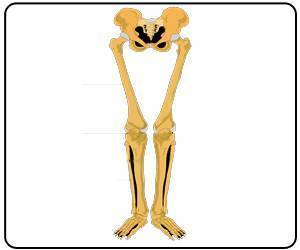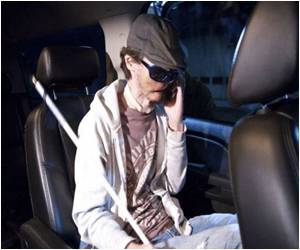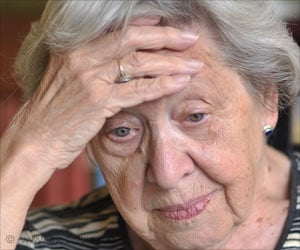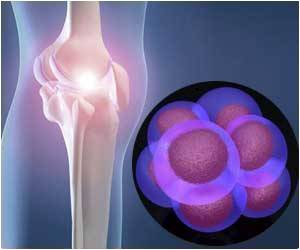Partial or complete facial paralysis can be caused by a stroke, trauma, birth defect, or tumor resection. It can also be due to a neurological disorder.

‘Partial or complete facial paralysis can be caused by a stroke, trauma, birth defect, or tumor resection. It can also be due to a neurological disorder.’





Davis is one of the first of four Vanderbilt University Medical Center (VUMC) patients who have had cutting-edge facial reanimation surgery performed by Reuben Bueno Jr., M.D., associate professor and interim chair of the Department of Plastic Surgery. Bueno completed a fellowship at The Hospital for Sick Children in Toronto, recognized as the world’s leader in facial reanimation surgery, just so he could learn the surgical techniques to restore movement to paralyzed faces. Bueno, a Nashvillian who received his M.D. from Vanderbilt University School of Medicine, returned to VUMC in 2014, eager to introduce this specialized surgery in his hometown.
There are only a handful of medical centers in the United States that offer this type of facial reanimation surgery, and, thanks to Bueno’s expertise, Vanderbilt is the only facility in the Southeast that offers it for both adults and children.
“We all interact socially by using our faces,” said Bueno. “What patients who have facial paralysis on one side tell me is that, because of the asymmetry, when they’re smiling, they look like they’re scowling or they’re angry. I want to offer reanimation surgery for patients so that in their day-to-day interactions, they can express the normal emotion of being happy or laughing without looking like they are upset.”
Partial or complete facial paralysis can be caused by a stroke, trauma, birth defect, or tumor resection. Facial paralysis can also be due to a neurological disorder such as Bell’s palsy, Bueno said.
Advertisement
The nerve used is a nerve branch to the masseter, one of the muscles responsible for chewing. Other muscles and nerves can be used, but Bueno said that, in some patients, using this combination of muscle and nerve provides the best reconstruction. The goal is to provide both symmetry of the face at rest and facial movement when smiling.
Advertisement
Davis was diagnosed with Chiari malformation, a structural defect of the brain’s cerebellum, when she was 30, and she’s since had 20 surgeries in New York to relieve pressure and stabilize her brain. In January 2015, she awoke from surgery with the right side of her face paralyzed. Doctors first thought she’d had a stroke but later determined nerve damage was the cause. Davis learned to live with a drooping face, unable to smile or chew on the right side, but when her nose collapsed due to weakening facial muscles, she struggled to breathe. She was referred to Vanderbilt, and Bueno performed her surgery in January 2016.
“My nose is standing back up, and I can breathe,” Davis said. “When I couldn’t smile, I looked horrible. I acted like it didn’t bother me; I’ve been through a lot worse in my life. The main thing I wanted was to be able to breathe, but I also realized I wanted to smile again, like when my daughter Gabrielle gets married. Now, I can, and I owe it all to Dr. Bueno and the good Lord.”
After Bell’s palsy paralyzed the right side of her face, 46-year old Elsa Rezenom’s smile had been absent for 16 years. She works at a Nashville-area Target and had to answer questions continually from customers and their children about what was wrong with her face. Her face drooped significantly, and she wouldn’t eat in public, even hesitating to eat with friends and family. Rezenom had surgery at Vanderbilt on May 26, and on the night of July 24, she says she couldn’t figure out what was happening to her cheek.
“When I checked my face in the mirror, it was moving,” she said. “I was very emotional that day. It was two weeks before my next appointment with Dr. Bueno. I smiled at him when he walked in, and he knew right away.”
When her face is relaxed, Rezenom said she looks normal. She can eat anything she wants, and, as she continues to exercise her facial muscles, her smile is growing stronger and more balanced. She was overcome with emotion when she realized it’s been several weeks since anyone asked her what’s wrong with her face.
This is exactly the result Bueno aims for, and he’s spreading the word to referring physicians in the region that he’s ready to reanimate faces and improve the quality of life for those who have broken smiles.
“When they come back in when they start having movement, I give them a high five because we’ve achieved what we had hoped to achieve, both the patient and myself, in terms of movement on that side of the face,” said Bueno. “To help them achieve having their appearance match what they’re actually feeling inside is very rewarding.”
Source-Newswise









